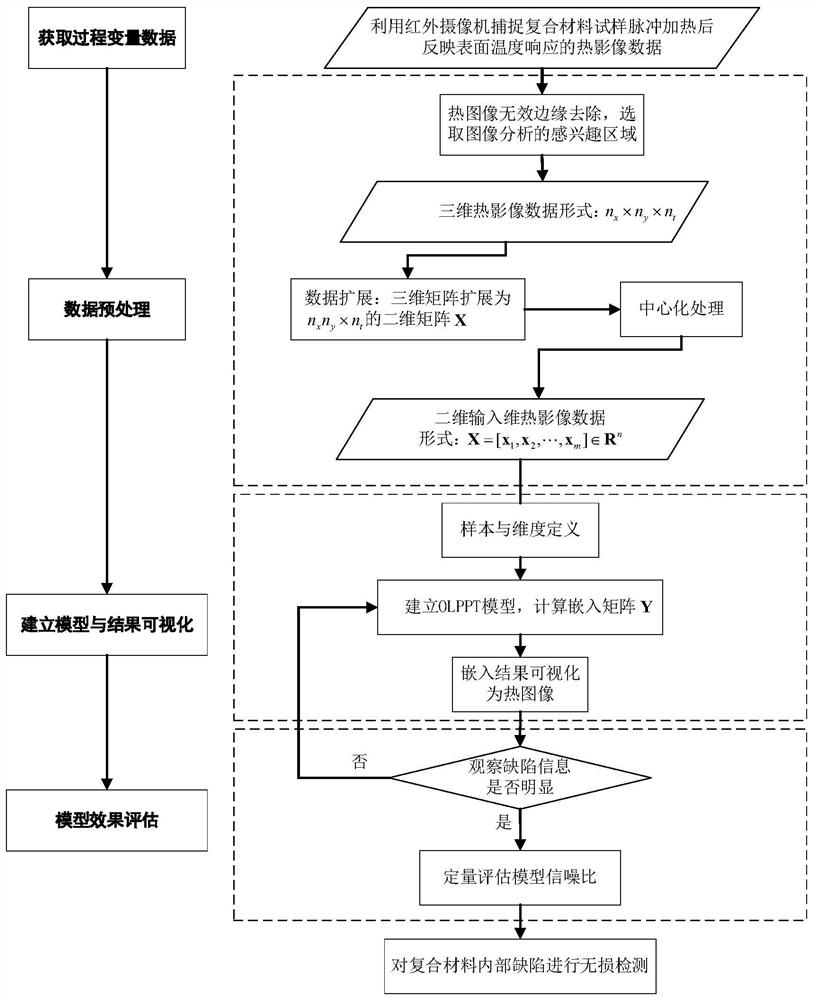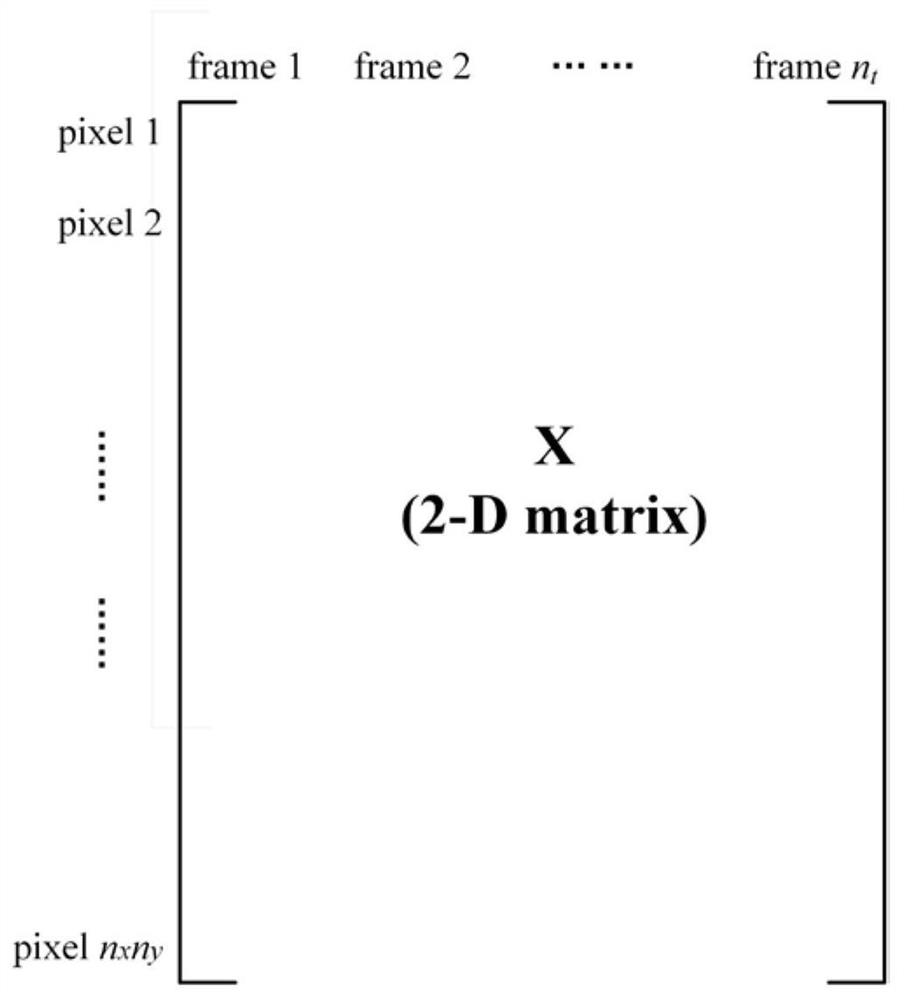An infrared thermal image analysis method for non-destructive detection of composite material defects
A technology of non-destructive testing and analysis methods, applied in material defect testing, radiation pyrometry, measuring devices, etc., can solve problems such as lack of concentration, limited defect information extraction, incomplete defect detection, etc., to improve performance and promote internal defects. The effect of the ability to recognize
- Summary
- Abstract
- Description
- Claims
- Application Information
AI Technical Summary
Problems solved by technology
Method used
Image
Examples
Embodiment Construction
[0067] The technical solutions of the present invention are further described below with reference to the accompanying drawings.
[0068] In order to effectively prove the effect of the OLPPT model proposed by the present invention, an artificially fabricated carbon fiber reinforced polymer (CFRP) sample is used as the defect detection object.
[0069] CFRP defect specimen fabrication process: During the fabrication of this CFRP specimen, different positions, Defects in shape and depth. The shallowest defect, located in the lower right quadrant, was created by inserting trapezoidal Teflon tape under a single-layer carbon fiber sheet to a depth of approximately 0.05 cm. In the middle part of the specimen, there is a circular defect under the two-layer carbon fiber sheet, and its depth is about 0.10 cm. The deepest defect is located in the upper left corner, a diamond-shaped defect covered by three layers of carbon fiber with a depth of 0.15 cm. The size of each defect area i...
PUM
| Property | Measurement | Unit |
|---|---|---|
| depth | aaaaa | aaaaa |
Abstract
Description
Claims
Application Information
 Login to View More
Login to View More - R&D Engineer
- R&D Manager
- IP Professional
- Industry Leading Data Capabilities
- Powerful AI technology
- Patent DNA Extraction
Browse by: Latest US Patents, China's latest patents, Technical Efficacy Thesaurus, Application Domain, Technology Topic, Popular Technical Reports.
© 2024 PatSnap. All rights reserved.Legal|Privacy policy|Modern Slavery Act Transparency Statement|Sitemap|About US| Contact US: help@patsnap.com










